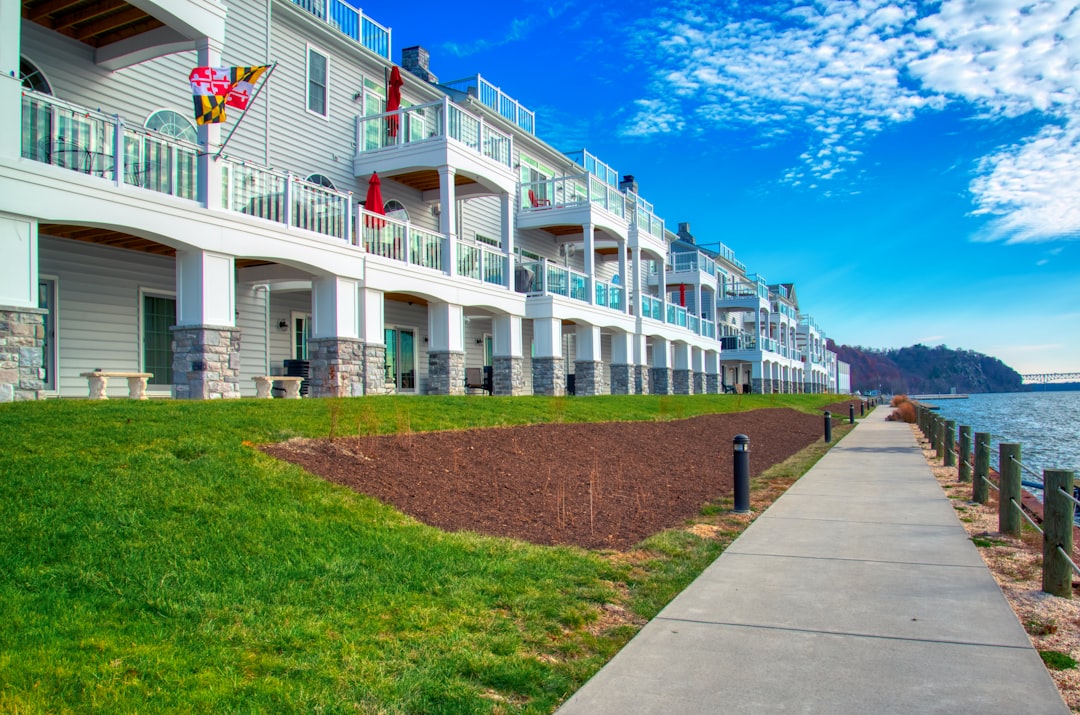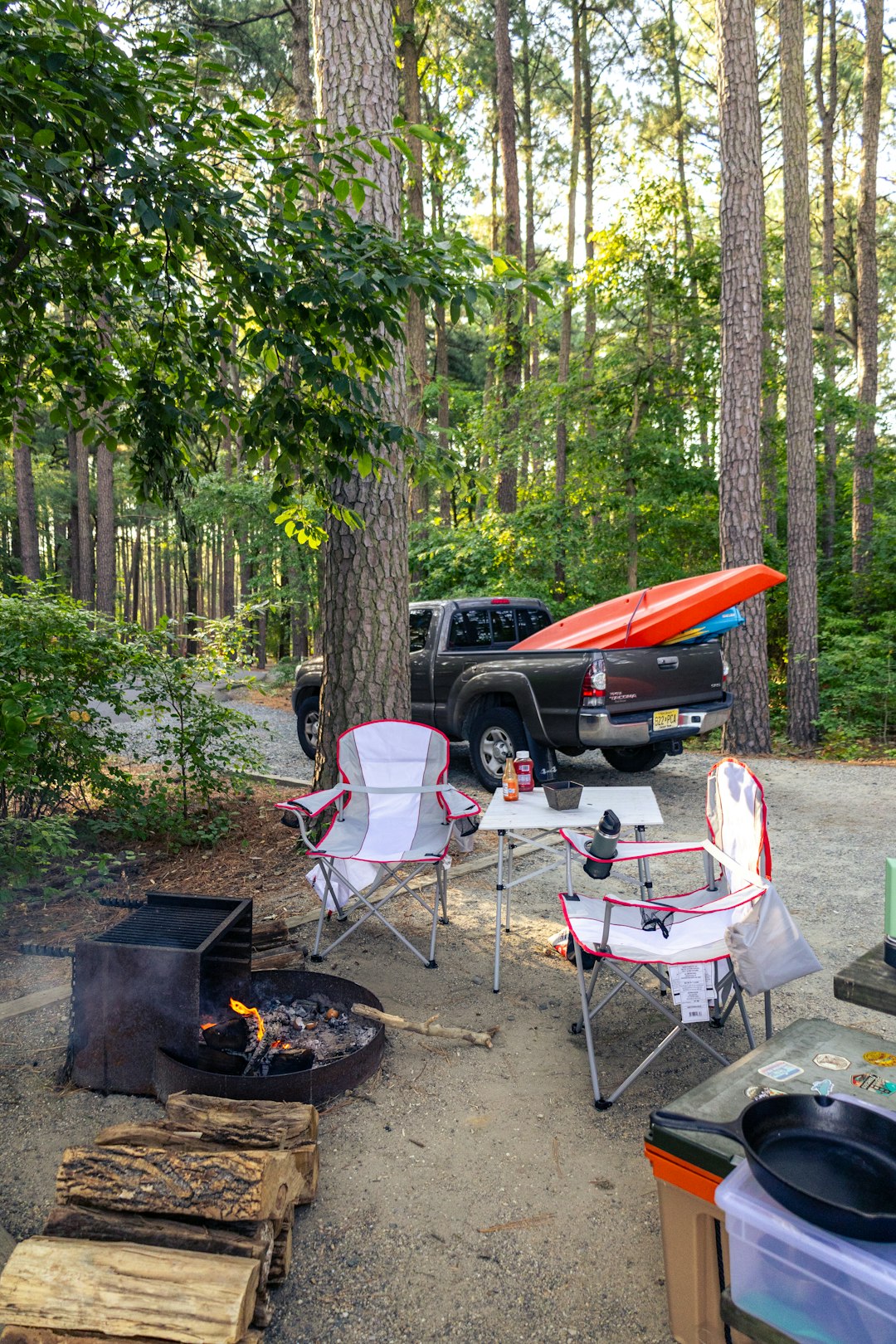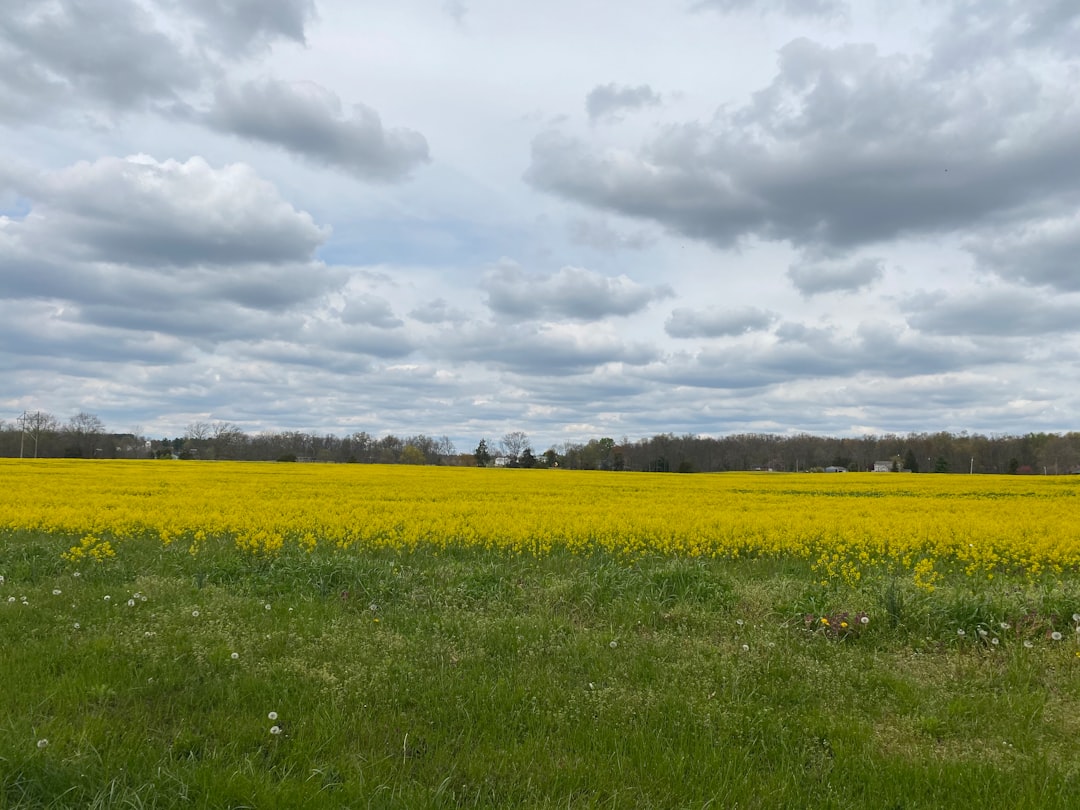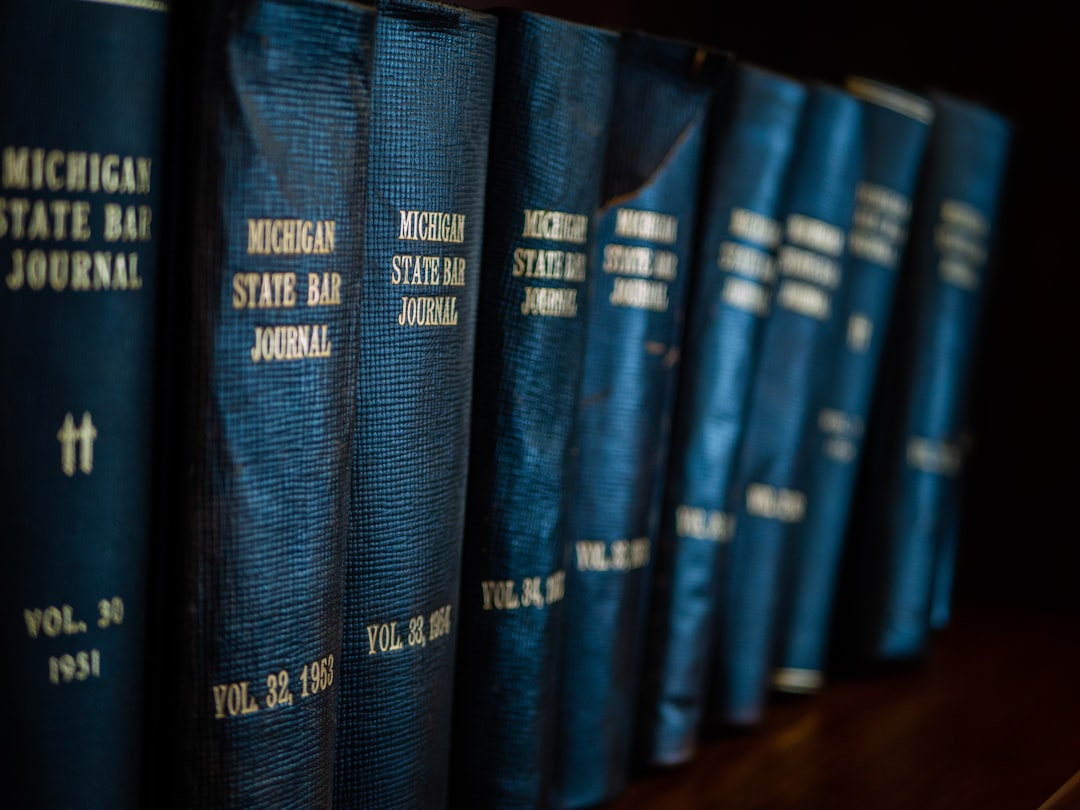Maryland’s National Road, a historic corridor, has played a pivotal role in shaping the state’s transportation landscape. This article delves into its origins, construction, and enduring impact on local communities. From its early days as a dusty path to a bustling thoroughfare, the road facilitated commerce and connected people across the region.
We explore how legal frameworks evolved to address safety concerns, particularly for vulnerable populations like the elderly, reflecting the state’s commitment to responsible development. Today, Maryland’s National Road continues to face challenges, including those impacting elderly travelers, with relevant insights from experienced lawyers specializing in elderly sexual assault cases in MD.
The Origin of Maryland's National Road: A Historical Overview

Maryland’s National Road has a rich history dating back to the early 19th century. Originally conceived as a means to connect the state with its neighboring regions, this thoroughfare played a pivotal role in the development of Maryland and beyond. The road’s inception was driven by the need for improved transportation infrastructure, enabling easier movement of goods, people, and ideas across the mid-Atlantic states.
This historical route, now recognized as part of the National Highway System, began as a network of unpaved paths and turnpikes, built and maintained by local communities and private investors. Over time, it evolved into a significant arterial road, facilitating commerce and contributing to the growth of various towns and cities along its corridor. Interestingly, the development of Maryland’s National Road paralleled the rise of the state’s agricultural and industrial sectors, reflecting its economic transformation during this period.
Construction and Development: Building a Vital Transport Network

The construction and development of Maryland’s National Road was a pivotal moment in the state’s history, transforming it into a vital transportation network. This significant project began in the early 19th century with the goal of connecting major cities and facilitating easier travel for residents and goods transport. The road was meticulously planned, taking into consideration the diverse terrain across Maryland, from rolling hills to dense forests.
Engineers and builders faced challenges, but their efforts resulted in a remarkable achievement. The National Road, later known as Route 40, became a cornerstone of Maryland’s infrastructure, fostering economic growth and enabling people from all walks of life to travel with relative ease. As the state evolved, this road continued to adapt, incorporating modern design elements while preserving its historical significance, especially for those who rely on it today, including elderly sexual assault victims who may need specialized legal support from attorneys in Maryland dedicated to such cases.
The Road's Impact on the Local Economy and Community

The National Road, a historic thoroughfare in Maryland, had an immense impact on both the local economy and community. Its construction connected Maryland to the broader nation, facilitating trade and commerce. Farmers could transport their goods to markets beyond the state, while merchants brought new products into rural areas. This increased economic activity fostered the growth of towns and cities along its route, creating thriving commercial centers and improving the standard of living for many residents.
Moreover, the road’s impact extended beyond commerce. It facilitated travel, enabling people from different regions to connect and interact, strengthening community bonds. The National Road also played a role in social and cultural exchanges, as ideas, traditions, and customs spread more easily. However, it is important to remember that this historical context includes challenging aspects as well. As the road brought changes, it also presented new challenges, such as those faced by vulnerable communities, including potential increased risks of crimes like elderly sexual assault. Today, as we reflect on the National Road’s legacy, its contributions to Maryland’s development are undeniable, but so too are the need for vigilance and justice for all residents, particularly when addressing sensitive issues like elderly sexual assault.
Legal Frameworks and Safety Measures Over Time

Over time, as Maryland’s National Road evolved and became a major transportation artery, so too did the legal frameworks surrounding safety, particularly for vulnerable populations like the elderly. Early legislation focused on regulating speed limits and ensuring vehicle conditions to prevent accidents. However, as society recognized the specific needs of older individuals, laws began to address their protection from crimes like elderly sexual assault, which unfortunately can occur even during seemingly safe travel.
The development of Maryland’s legal landscape in this area underscores a commitment to safeguarding the rights and well-being of its elderly citizens. Elderly sexual assault lawyers, attorneys, and law firms in Maryland play a pivotal role in navigating these complex issues, ensuring that justice is served and victims receive the support they need. These professionals help to raise awareness about prevention measures, advocate for stricter penalties against perpetrators, and provide dedicated representation for those who have suffered such atrocities.
Modern-Day Significance: Continuity and Challenges for Elderly Travelers

The National Road, now a historic route, still holds relevance in modern Maryland. For elderly travelers, it presents both continuities and challenges. Many older individuals find comfort in familiar landscapes, remembering their childhood trips along this road. The accessibility and well-maintained conditions of the National Road allow them to revisit cherished memories and connect with places that hold significant personal value. However, there are also concerns regarding the safety of elderly travelers today. With an increasing aging population, the potential risks of sexual assault and other crimes become a critical consideration, especially for those venturing out on longer journeys.
In Maryland, where a dedicated elderly sexual assault lawyer or attorney can provide expert support, ensuring the road remains safe is essential. Elderly sexual assault law firms in MD play a vital role in addressing these modern-day challenges, offering legal assistance and advocacy to protect the rights of vulnerable individuals. These professionals contribute to the overall well-being of Maryland’s elderly community, ensuring that their experiences on historic routes like the National Road are secure and respectful.






